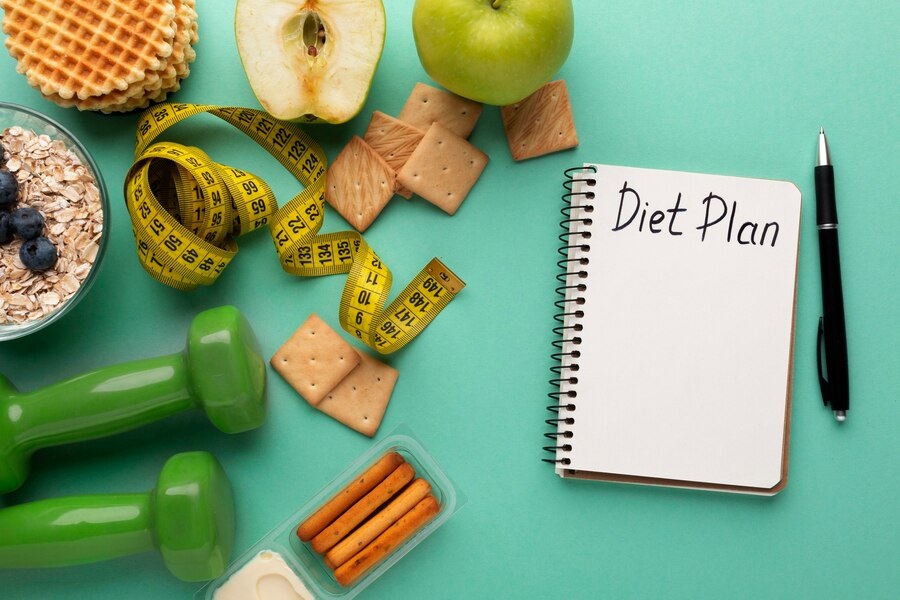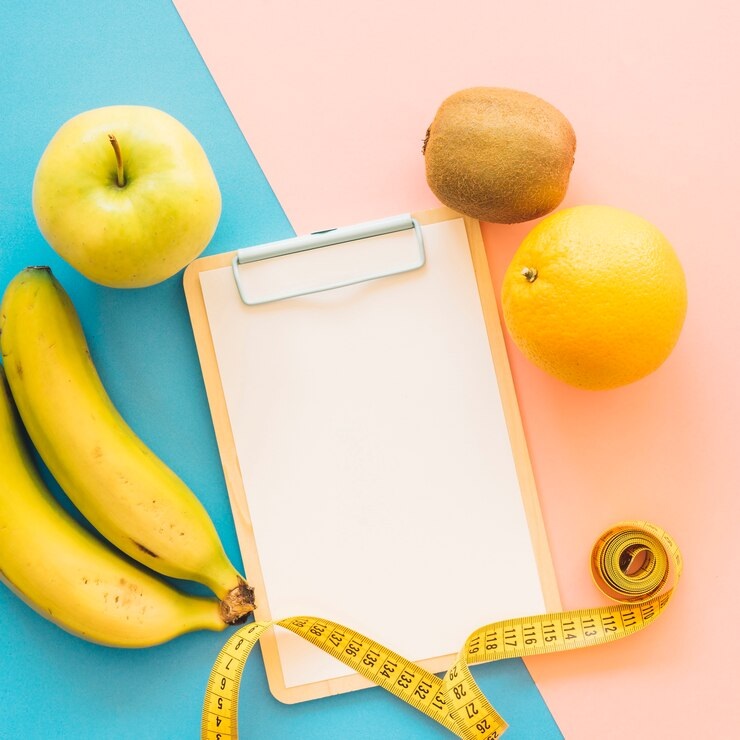Understanding the Basics of a Weight Loss Diet Plan
What is a Weight Loss Diet Plan?
A weight loss diet plan is a strategic approach to eating that focuses on calorie management, balanced nutrition, and sustainable practices to promote healthy weight reduction. It’s not about extreme deprivation but rather adopting a lifestyle that supports long-term well-being.
Key Components of an Effective Weight Loss Diet Plan
- Calorie Deficit: Consuming fewer calories than you burn is the foundation of weight loss.
- Nutrient Balance: Prioritizing lean proteins, healthy fats, complex carbohydrates, and fiber to fuel your body effectively.
- Hydration: Staying hydrated to support metabolism and reduce unnecessary calorie consumption.
- Consistency: Following your plan consistently while allowing for occasional treats.

Steps to Create a Personalized Weight Loss Diet Plan
Step 1: Set Realistic Goals
Begin by determining your target weight and timeline. A healthy weight loss goal is typically 1-2 pounds per week. Unrealistic goals can lead to frustration and unsustainable habits.
Step 2: Calculate Your Calorie Needs
To lose weight, you need to create a calorie deficit. Use the following formula:
- Calculate your Basal Metabolic Rate (BMR).
- Factor in your activity level to determine Total Daily Energy Expenditure (TDEE).
- Subtract 500-1,000 calories from your TDEE for a sustainable weight loss rate.
Step 3: Plan Your Meals
Design your meals around nutrient-dense foods that keep you satisfied:
- Breakfast: Focus on a mix of protein and whole grains, such as Greek yogurt with granola and fresh berries.
- Lunch: Include a lean protein source, vegetables, and whole grains, like grilled chicken with quinoa and steamed broccoli.
- Dinner: Opt for a lighter meal with similar components, such as baked salmon with asparagus and a small sweet potato.
- Snacks: Keep snacks under 200 calories, such as a handful of almonds or a small apple with peanut butter.

Sample Weight Loss Diet Plan
Day 1
- Breakfast: Scrambled eggs with spinach and a slice of whole-grain toast
- Snack: Low-fat string cheese and a small orange
- Lunch: Grilled chicken Caesar salad with a light dressing
- Snack: Carrot sticks with hummus
- Dinner: Baked cod with roasted vegetables and brown rice
Day 2
- Breakfast: Overnight oats topped with chia seeds and sliced banana
- Snack: Greek yogurt with a sprinkle of flaxseeds
- Lunch: Turkey and avocado wrap with a side of cucumber slices
- Snack: A handful of mixed nuts
- Dinner: Stir-fried tofu with bell peppers and quinoa
Foods to Include in a Weight Loss Diet Plan
Protein Sources
- Lean meats: Chicken, turkey, and fish
- Plant-based options: Lentils, chickpeas, and tofu
- Low-fat dairy: Greek yogurt, cottage cheese
Healthy Fats
- Avocados
- Nuts and seeds
- Olive oil and fatty fish like salmon
Complex Carbohydrates
- Whole grains: Brown rice, quinoa, and oats
- Starchy vegetables: Sweet potatoes and squash
Fiber-Rich Foods
- Vegetables: Broccoli, spinach, and kale
- Fruits: Apples, berries, and pears
Foods to Limit or Avoid
- Sugary beverages and snacks
- Processed and fried foods
- Refined carbs like white bread and pastries

Tips for Success with Your Weight Loss Diet Plan
1. Practice Portion Control
Use tools like measuring cups, food scales, and visual comparisons to keep portions in check. For instance, a protein portion should be about the size of your palm.
2. Stay Hydrated
Drinking 8-10 glasses of water daily supports metabolism and reduces hunger.
3. Meal Prep in Advance
Planning and preparing meals ahead can help you avoid impulsive eating and stick to your diet plan.
4. Track Your Progress
Use a food diary or apps like MyFitnessPal to monitor calorie intake and exercise.
5. Incorporate Physical Activity
Pair your diet with regular exercise to enhance weight loss and overall health.
The Role of Mindset in Weight Loss
Avoid All-or-Nothing Thinking
Weight loss is a journey. If you slip up, don’t give up—just get back on track with your next meal.
Celebrate Small Wins
Recognize milestones like losing 5 pounds or sticking to your plan for a month. Positive reinforcement fuels motivation.
Stay Patient
Healthy weight loss takes time. Focus on the long-term benefits rather than immediate results.
Common Myths About Weight Loss Diet Plans
Myth 1: Carbs Are Bad
Carbohydrates are essential for energy. The key is choosing complex carbs over refined ones.
Myth 2: You Have to Starve to Lose Weight
Extreme calorie restriction can harm your metabolism and lead to binge eating. A balanced diet is more effective.
Myth 3: All Fats Make You Gain Weight
Healthy fats like those in avocados and nuts are vital for hormone regulation and satiety.
FAQs About Weight Loss Diet Plans
How Long Does It Take to See Results?
Results vary, but most people notice changes within 2-4 weeks when following a consistent plan.
Can I Still Eat Out?
Yes, choose healthier options like grilled dishes and salads, and watch portion sizes.
Do I Need Supplements?
While whole foods are ideal, supplements like protein powder or multivitamins can fill nutritional gaps if needed.
Conclusion
A well-structured weight loss diet plan is not just about losing weight but embracing a healthier lifestyle. By focusing on balanced meals, portion control, and consistency, you can achieve sustainable results and feel your best. Remember, the journey to better health starts with one small step—start today!



